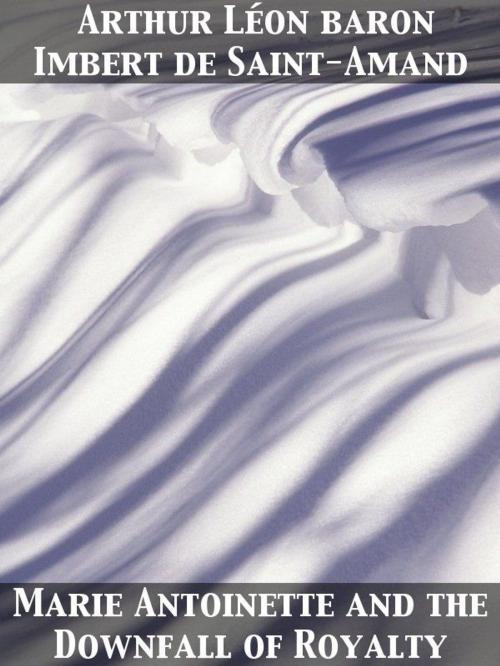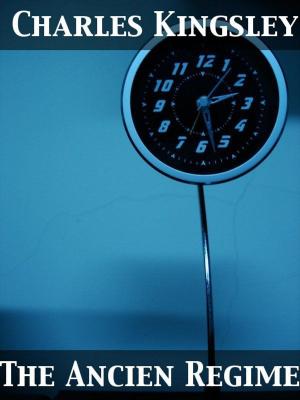| Author: | Elizabeth Gilbert Martin, Arthur Léon baron Imbert de Saint-Amand | ISBN: | 9782819946618 |
| Publisher: | Release Date: November 27, 2011 | Publication: | November 27, 2011 |
| Imprint: | pubOne.info | Language: | English |
| Author: | Elizabeth Gilbert Martin, Arthur Léon baron Imbert de Saint-Amand |
| ISBN: | 9782819946618 |
| Publisher: | Release Date: November 27, 2011 |
| Publication: | November 27, 2011 |
| Imprint: | pubOne.info |
| Language: | English |
pubOne.info present you this wonderfully illustrated edition. Paris in 1792 is no longer what it was in 1789. In 1789, the old French society was still brilliant. The past endured beside the present. Neither names nor escutcheons, neither liveries nor places at court, had been suppressed. The aristocracy and the Revolution lived face to face. In 1792, the scene has changed. The Paris of the nobility is no longer in Paris, but at Coblentz. The Faubourg Saint-Germain is like a desert. Since June, 1790, armorial bearings have been taken down. The blazons of ancient houses have been broken and thrown into the gutters. No more display, no more liveries, no more carriages with coats-of-arms on their panels. Titles and manorial names are done away with. The Duke de Brissac is called M. Cossé; the Duke de Caraman, M. Riquet; the Duke d'Aiguillon, M. Vignerot. The Almanach royal of 1792 mentions not a single court appointment.
pubOne.info present you this wonderfully illustrated edition. Paris in 1792 is no longer what it was in 1789. In 1789, the old French society was still brilliant. The past endured beside the present. Neither names nor escutcheons, neither liveries nor places at court, had been suppressed. The aristocracy and the Revolution lived face to face. In 1792, the scene has changed. The Paris of the nobility is no longer in Paris, but at Coblentz. The Faubourg Saint-Germain is like a desert. Since June, 1790, armorial bearings have been taken down. The blazons of ancient houses have been broken and thrown into the gutters. No more display, no more liveries, no more carriages with coats-of-arms on their panels. Titles and manorial names are done away with. The Duke de Brissac is called M. Cossé; the Duke de Caraman, M. Riquet; the Duke d'Aiguillon, M. Vignerot. The Almanach royal of 1792 mentions not a single court appointment.















